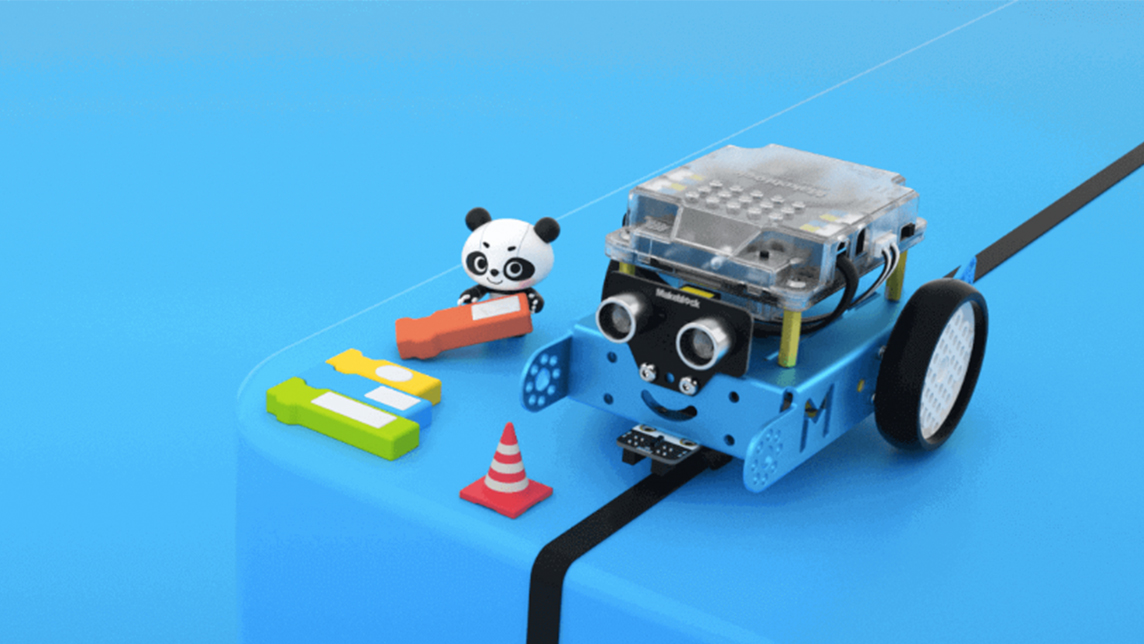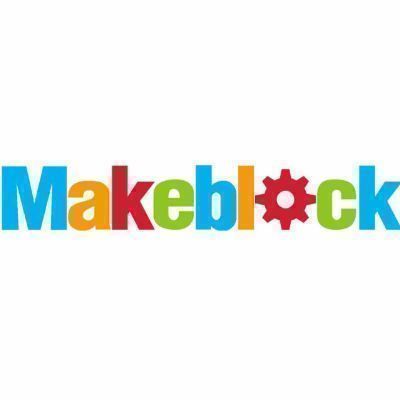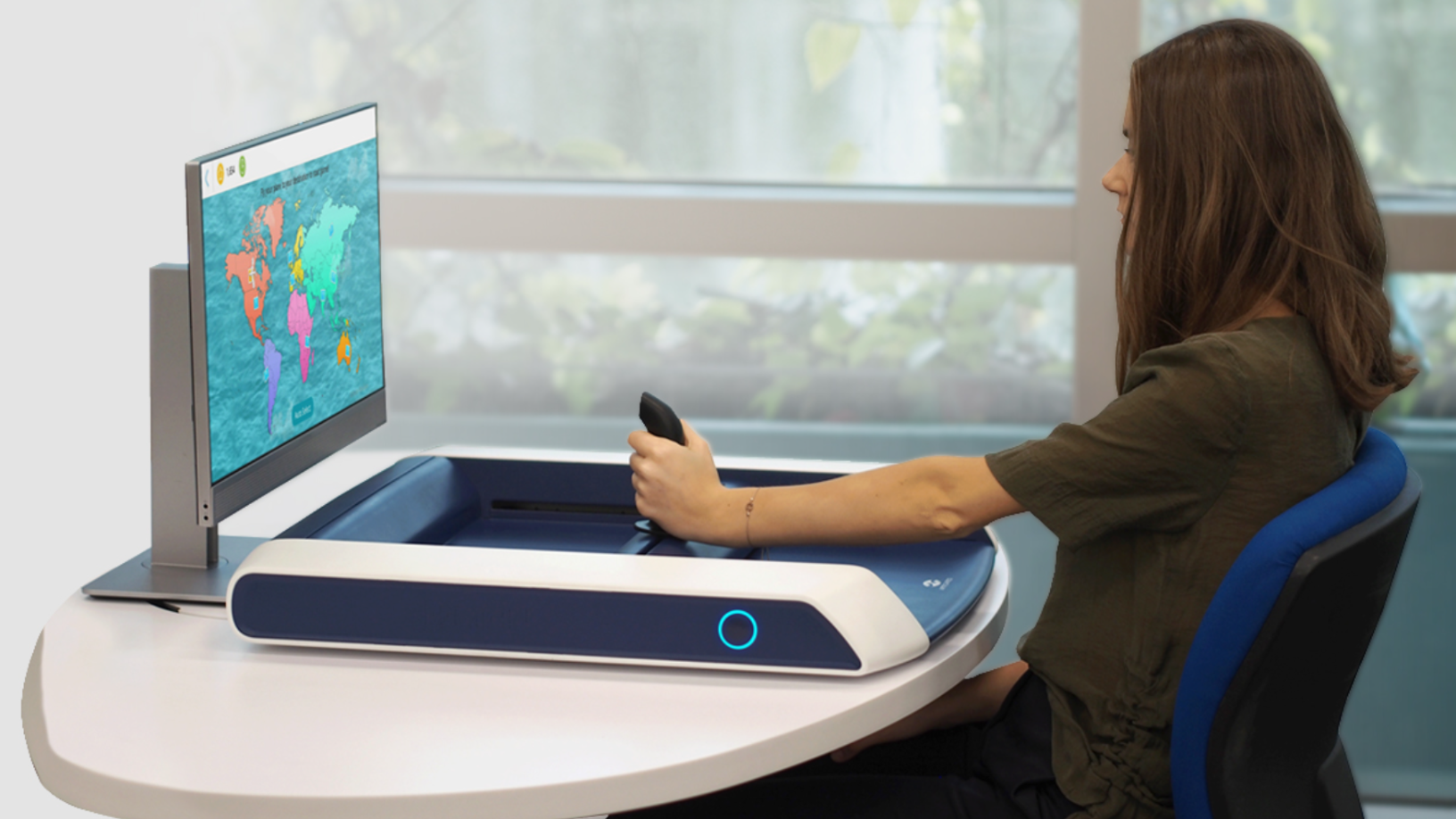Jasen Wang has been a diehard robotics fan since his college years at Northwestern Polytechnic University, where he earned his master’s degree in Aircraft Design in 2010. In early 2011, he bought a German-made DIY four-wheel drive car assembly kit on popular Chinese online shopping website Taobao.com. Wang was an old hand at DIY assembly, but this time he struggled. After almost an entire afternoon, the kit was still unfinished and he had broken several gear components.
"I had no doubts about my hands on dexterity. My first reaction was that the kit was awful. I wanted to create a better one myself to solve the problem," Wang recalled. He soon discovered many other DIY fans were experiencing similar problems. It was a small niche market, but Wang believed it was growing.
Wang quit his job as a firmware engineer in May 2011 and launched Makeblock in Shenzhen to create durable robot assembly kits. His first batch of products came out in June 2012: makers could use his kits to build crane robots, crawler robots, robot tanks, etc.
The process ended up being harder than Wang expected. “For every component, it costs a lot of money to make a sample and see if it works. And the design involves repeated revisions and upgrades,” he said. Each component was revised at least 10 times; many were rejected in the final stages of design.
Inspired by LEGO
Wang was inspired by LEGO blocks. "LEGO is a unified platform, where all products are made to the same standard. But it uses ABS plastic. For DIY fans seeking a professional grade experience, plastic is not solid enough and easier to break," he said.
To ensure sturdiness, Wang chose aluminum alloy for his product material and used screw-like thread grooves for component connections, which were cheaper to make molds for than plastic components while still ensuring tight junctions.
In June 2012, the startup began to sell its component kits on some online DIY products and services platforms, such as Seeed Studio. With unit prices of US$70-200, Makeblock was earning around US$10,000 in monthly revenue.
Wang launched a crowdfunding campaign on Kickstarter in December 2012. In addition to earning Makeblock US$185,000, the campaign also opened the company to overseas markets and helped gain the attention of venture capitalists.
In March 2013, Forbes China included Wang on its 30 Under 30 list of young entrepreneurial disruptors. Three months later, Makeblock received RMB 3m in a second seed funding round from Cloud Angel Fund.
Later that year, a vice president from RadioShack, an American retailer that then had 1,700 brick-and-mortar locations, noticed Makeblock on Kickstarter. He flew to Shenzhen to meet with Wang after exchanging a few emails. RadioShack decided to make Makeblock a supplier and placed an order worth RMB 15m.
Throughout 2014, the Makeblock team was busy delivering the order. "Our company was not a primary client of our foundry; thus, we could not make good use of the foundry’s normal business hours. To crash the schedule, our staff went to the assembly line from 10 p.m. until 5 a.m.," recalled Wang. Their efforts paid off. Makeblock earned RMB 20m in 2014, a revenue increase of RMB 17m in one year.
RadioShack filed for bankruptcy in February 2015. "Fortunately, we had already received the money [from RadioShack],"recalled Wang in an interview months later. Despite the loss of its first major distributor, the startup had gained the attention of Sequoia Capital, which invested US$6m in its April 2015 Series A funding round.
A shift toward STEM
In the meantime, Makeblock kept innovating its products. In February 2014, it launched mBlock, a Scratch-based programming platform for children. Users could create games and animations by dragging blocks, a visual way to learn coding basics. The platform represented Makeblock’s first foray into STEM education.
In September 2015, China’s Ministry of Education began stressing the importance of STEM education in its 13th Five Year Plan for Education. Alongside the policy boost, venture capital started showing increasing interest in STEM. In 2014, Chinese VCs invested in eight STEM startups. In 2015, the number increased to 24, then to 33 in 2016. The number of robotics education service providers in China soared from 6,000 in 2015 to 13,000 in 2016.
As a result, Makeblock redoubled its educational efforts. Since releasing mBot, an entry-level robotics kit that allows children to build a robot from scratch and learn block-based programming, in April 2015, the startup has built up a product line that includes kits for children grades K-12, a STEM Pro series for advanced learners and a MakeX series for robot competitions.
About 25,000 schools worldwide were using Makeblock products by mid-2019. And the company's reach keeps expanding. Through Japanese distributor Softbank C&S, Makeblock provided robot kits to Kenis, the largest school laboratory equipment and textbook supplier in Japan, for its Learning Robot event in Osaka in July and August 2018.
Now Makeblock is moving in on the individual consumer market. Released in 2017, the company's Neuron e-block kit allows children to learn coding from scratch by connecting modules and building gadgets such as voice-controlled lights. Through Neuron, Makeblock is able to target parental consumers directly. Neuron has been available in some Apple Stores since September 2018, and children can use Apple’s Swift Playgrounds, a code learning software, to play Neuron.
"As technology and online education advance, more parents will recognize the importance of STEM education. Our task is to figure out how to bring STEM education into the home," said Wang.













